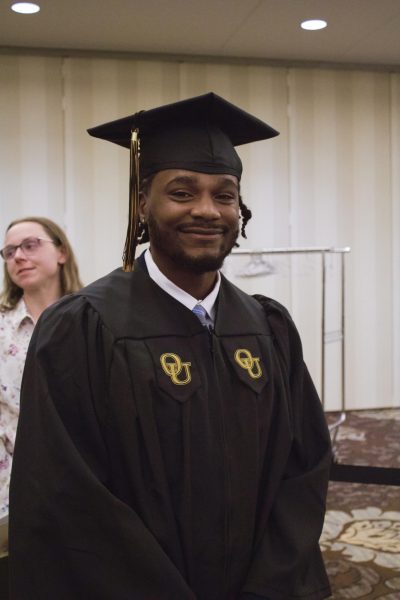The STEM of growth
It’s 2:11 p.m. Students shuffle through the wide hallways of Romeo Middle School, gossiping and giggling while making their way outside to the buses. The smell of sweat lingers in the thick and humid air.
Tucked away in the southwest corner of the building is a large room that used to hold woodshop classes — it’s now home to robots.
Education is transformative. It allows one to think critically, solve problems and better understand the world. Since the Industrial Revolution, our lives have been shaped and molded by technology and scientific discoveries. In light of these advances, employers are in need of qualified employees.
Enter STEM education.
Science, Technology, Engineering and Math (STEM) programs are gaining attention and prevalence both locally and nationally. Michigan Gov. Rick Snyder included in his 2014 State of the State address that one of his goals is to make “Michigan a leader in promoting STEM and career tech opportunities.”
To be able to compete and obtain jobs within computer science, engineering and chemistry, the educations starts long before college or even high school.
Project Lead The Way (PLTW) is a nonprofit organization that provides STEM programs to elementary through high schools nationally. The programs include PLTW Launch for kindergarten through fifth grade, Gateway for middle school and engineering, computer sciences and biomedical sciences for high school.
Romeo Middle School (RMS) is a PLTW Gateway school and one of the 118 PLTW schools in Michigan. Tammy Rastigue teaches the STEM curriculum at RMS that has been in place for two years. In 2013 she attended STEM training at Eastern Michigan University.
“I have had to learn to be more of a facilitator in the classroom and let the students lead the learning,” Rastigue said.
According to Rastigue, the program includes specific classes for each grade level. Sixth grade students take Design & Modeling, which includes the use of industry technology Autodesk Inventor. Seventh grade students take Automation & Robotics, which incorporates VEX Robotics and ROBOTC for building and programming. Eighth grade students can take the same course as an elective.
The STEM program as a whole is based on project-based learning, Rastigue said, stating that it “allows the students to be creative and more engaged.”
A large part of STEM learning is problem solving.
“Teach them that it’s okay if their project is not successful the first time,” Rastigue said. “They need to problem solve and rework, redesign things.”
Problem solving is the key concept to being successful in STEM programs and therefore later in life, according to RMS Principal Brad Martz.
“What the work force is really looking for is people who can actually take a problem and solve it,” Martz said.
He said he is very happy with the program, specifically the hands-on experience it gives students.
“They were set with a problem of designing a playground or what have you, and they actually kind of worked in there and designed it and put things together,” Martz said.
The Romeo School District is home to the Romeo Engineering and Technology Center (RETC), where high school students can participate in the Advanced Science, Math and Technology program.
Oakland University student and Romeo alumna Hanna Trzeciakiewicz participated in this program.
The senior credits this program and her prior education to the success she has seen as a biochemistry major at OU.
“I was able to excel in math and science to the point where I was taking college classes as a (high school) sophomore,” Trzeciakiewicz said. “I took the AP Calc BC exam and never had to take a math class at OU.”
Success in the STEM fields must start with learning at a young age, according to OU mathematics professor Dr. Stephen Wright.
“You have to develop an interest and a facility with technical subjects at an early age because it’s hard,” Wright said. “Math is hard. Physics is hard. Engineering is hard. You not only have to have the ability, you have to be motivated.”







